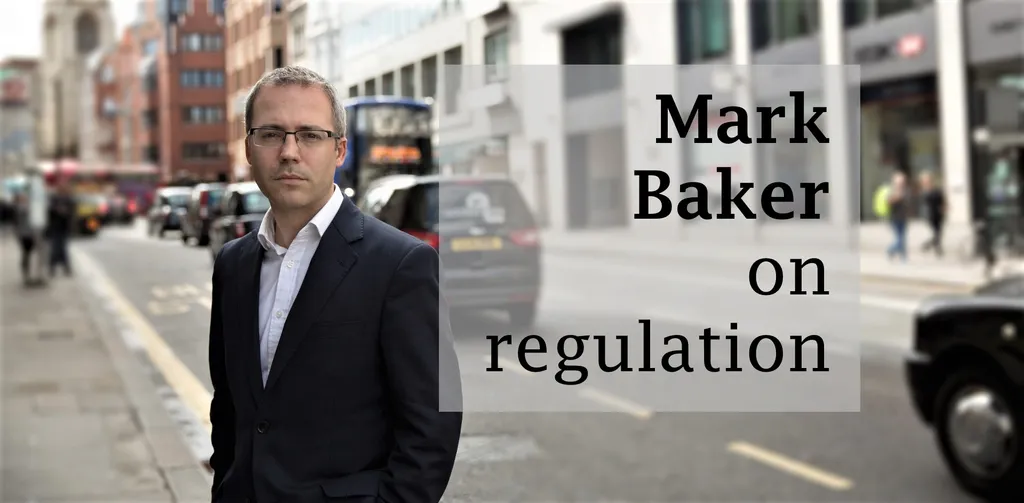The mills of the regulators grind slowly, but exceedingly fine. At long last, the UK’s Prudential Regulation Authority (PRA) is embarking on a consultation into meaningful changes to internal ratings-based (IRB) assessments of UK mortgage risk weights, the models by which big banks are able to sidestep the harsher risk weights generated by the standardized approach (SA).
Why does it matter? For two reasons. First, as the regulator notes in its consultation paper (CP14/20, dated 30 September, 2020), the pattern of steadily falling IRB risk-weight outputs in the UK when it comes to mortgage lending raises obvious concerns about whether banks are provisioning cautiously enough.
Thanks for your interest in Euromoney!
To unlock this article:




